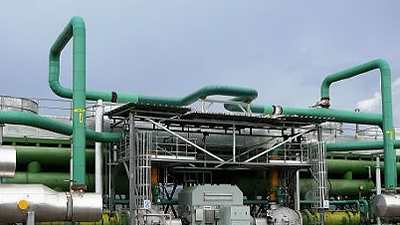A new era of electricity production and distribution is set to open in Kenya after the World Bank Board of Directors endorsed an innovative way to deploy Bank Group instruments and leverage private sector investment to help meet Kenya’s urgent power generation needs.
The Kenya Private Sector Power Generation Support Project will help bring a reliable power supply to Kenyans in their day-to-day lives, as well as to manufacturing and service companies that help the economy grow and create jobs.
In a country hard-pressed to finance such major infrastructure investments, the key was to mobilize financing from the private sector, initially hesitant to invest in the energy sector in the country. A US$166 million series of Partial Risk Guarantees was put in place to reassure commercial financiers concerned about the state-owned electricity utility and its obligations towards them.
The project is benefitting from long-term debt from the International Finance Corporation (IFC) and political risk guarantees for commercial financiers from the Multilateral Investment Guarantee Agency (MIGA), as well.
This combination of instruments unlocked a total financing package of US$623 million, including US$357 million in private sector investments and commercial lending.
Mobilizing private sector capital is a major component in the Bank’s Africa strategy for infrastructure. Johannes Zutt, World Bank country director for Kenya, says “the approach used has demonstrated how the Bank Group can leverage its resources and bring much needed private investments in the region, while at the same time paving the way for low carbon development. This approach can be expected to be replicated in other countries in Sub-Saharan Africa with well-performing energy sectors.”
For Pankaj Gupta, manager of the Bank’s Financial Solutions Group, the project shows the power of International Development Association (IDA) partial risk guarantees to mobilize private sector financing in difficult markets.
“Our group works with financial market actors every day on structuring deals,” he said, “so we think we have a good understanding of what the private sector is looking for when it considers investing in projects such as this. I’m glad that we’ve been able to work across the Bank Group in a pragmatic and complementary way to bring a consolidated solution to private financiers and investors and, ultimately, to Kenyans who will benefit directly from this project.”

